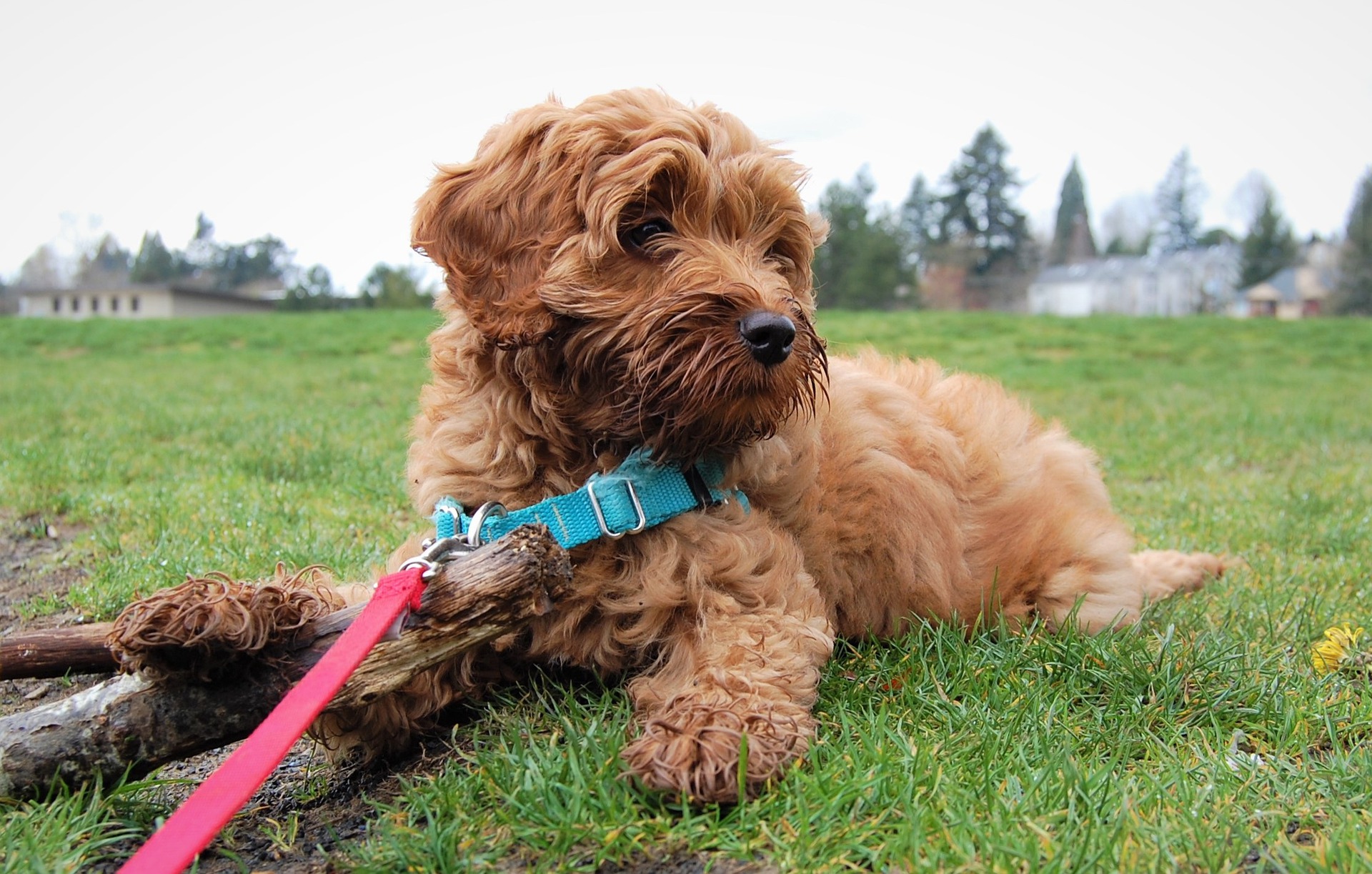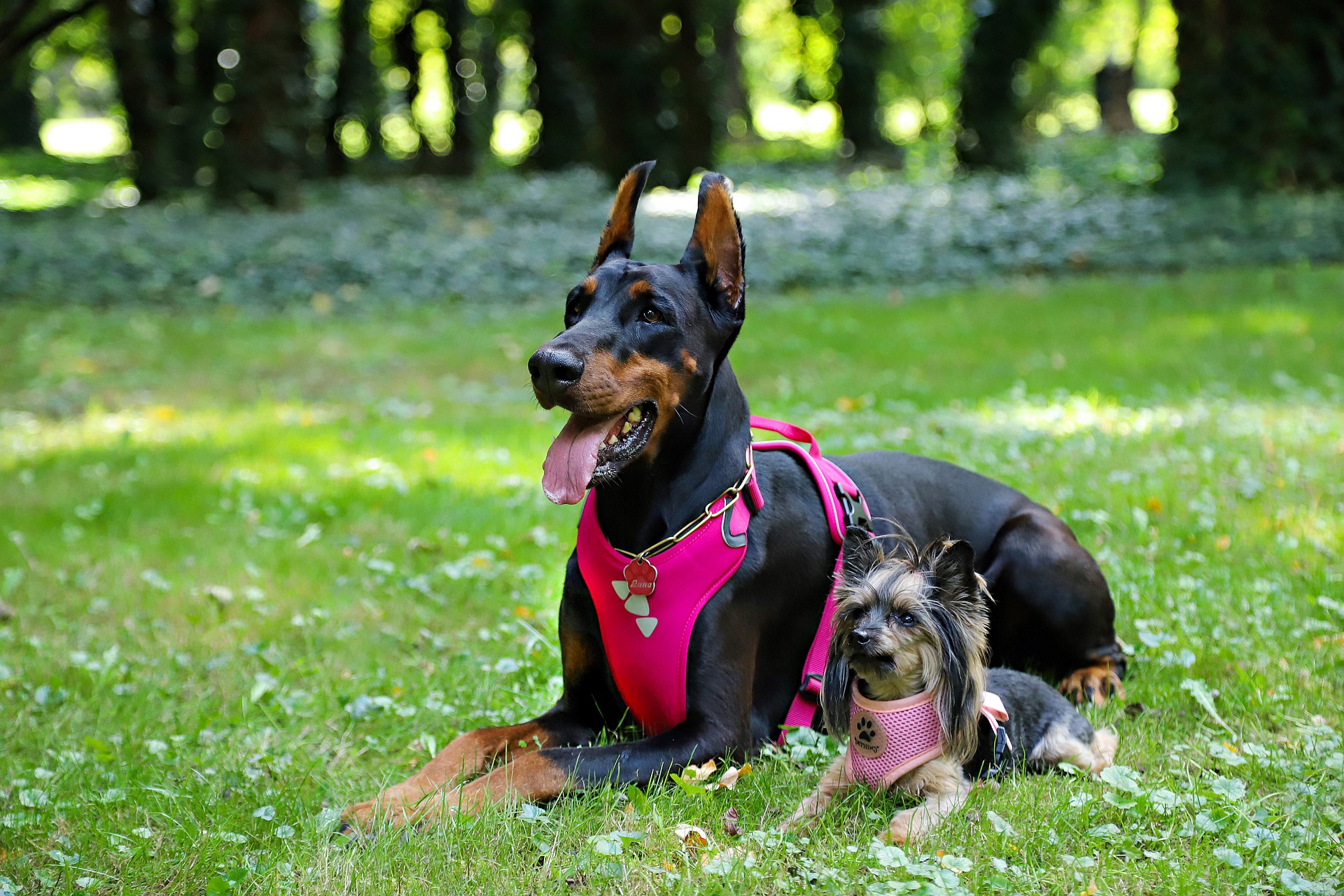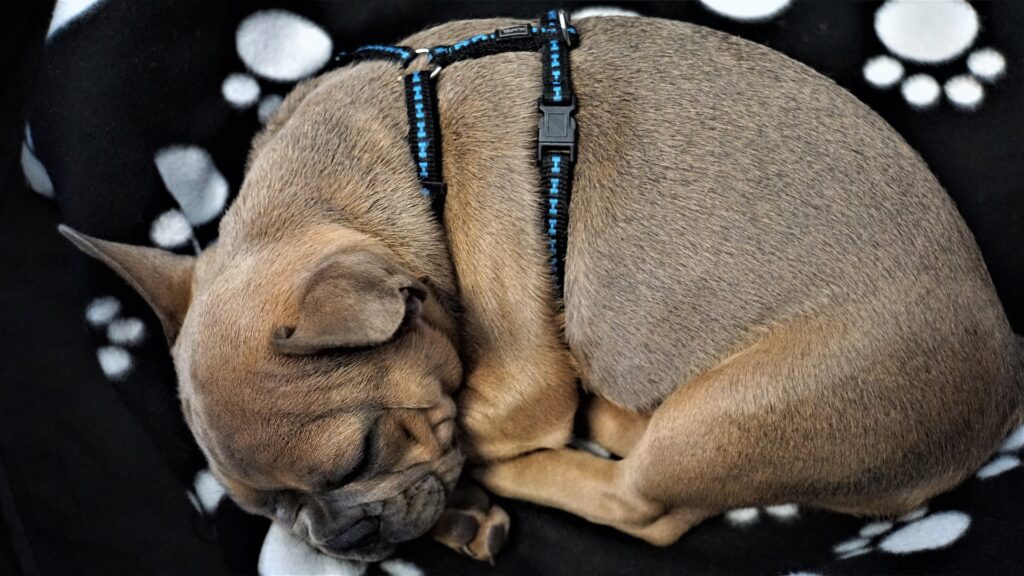Dogs are wonderful, loving creatures that bring so much joy into our lives. As dog owners, we are responsible for ensuring that our furry friends are well-behaved and do not cause any harm to themselves or others. One way to ensure good behavior is to use a head collar or harness. Head collars and harnesses are great tools for walking and training your dog.
But which one is suitable for your pup? It depends on a few factors, including your dog’s size, age, and personality. This blog post will explore the key factors of head collar vs harness to help you decide which is suitable for your furry friend.
Types Of Harnesses
There are a few different types of harnesses to choose from.
- Standard dog harnesses typically have two points of attachment: one at the dog’s chest and one at the back.
- No-pull dog harnesses have an additional point of attachment near the front of the chest, which helps to discourage your dog from pulling on the leash.
- Step-in is an easy walk dog harness to put on and take off, making them a good choice for dogs who aren’t fond of having things put over their head.
Regarding materials, there are a few different options to choose from. Nylon is a popular choice because it’s durable and easy to clean. Leather is another option that’s popular among pet owners because it looks stylish and feels luxurious. However, leather can be more expensive than other materials, requiring special care to keep it looking its best.
Read More: What Are The Benefits Of Using A Cat Harness?
Types Of Head Collar

Buckle Collar
The most common type of head collar for dogs is the buckle collar. This collar is made of leather or nylon and has a metal buckle that fastens around the dog’s neck.
The buckle collar is the most versatile type and can be used for walking and training. However, it is important to note that this type of collar should only be used if the dog is comfortable with it and if it does not cause any discomfort.
Slip Collar
Another type of head collar for dogs is the slip collar. This collar is also known as a choke chain or choke collar. It consists of a metal chain loop with two rings at each end.
The Slip collar should only be used during training sessions and should never be left on the dog unsupervised, as it can cause serious injury if the dog tries to back out of it.
Martingale Collar
The last type of headcollar we will discuss is the martingale collar. This type of collar gives more control than a traditional collar. It is similar to the slip collar in that it has a chain loop with two rings at each end. However, the martingale collar has a second loop around the dog’s nose. This second loop prevents the dog from backing out of the collar altogether. The martingale collar is ideal for dogs who pull on their leash or tend to back out of their collars.
Head Collars vs Harnesses: The Key Factors To Consider

The Right Fit Is Important No Matter What
The first significant difference between head collars and harnesses is how they fit on your dog. As the name implies, a head collar fits around your dog’s head and neck, while a harness fits around its torso. Head collars control your dog’s movements, while harnesses provide more comfort.
If you’re looking for an option that will allow you more control over your dog’s movements, then a collar or head halter might be the right choice. However, if you’re looking for a more comfortable option for your dog, a harness might be a better option.
Another difference between head collars and harnesses is how they attach to your dog’s leash. Head collars typically attach to the leash at the back of the neck, while harnesses attach to the leash at the front of the chest.
When using a head collar, you’ll want to be careful not to pull too hard on the leash, or you could risk hurting your dog’s neck. However, when using a harness, you’ll have more control over your dog’s movements since the leash attaches to the front of its chest.
Read More: Why Does A Harness Calm My Cat?
Size Matters
One of the most important factors to consider when choosing a head collar or harness is your dog’s size. Smaller dogs can sometimes get away with wearing a head collar, while larger dogs will likely need a harness. This is because head collars can put too much pressure on a small dog’s delicate neck, especially when the dog pulls, while harnesses distribute the pressure more evenly throughout the body.
If you’re unsure whether a head collar or harness is suitable for your dog’s size, always err on caution and choose a harness. You can constantly adjust it to fit snugly if needed.
Read More: How To Put On A Figure 8 Cat Harness?
Age Matters Too
Another factor to consider is your dog’s age. Puppies and older dogs may have special considerations that need to be considered when choosing a head collar or harness.
For example, puppies are still growing, and their bodies are not yet fully developed. They may be more comfortable in a harness than a head collar. On the other hand, older dogs may have arthritis or other age-related issues that make it difficult for them to wear a headcollar or harness.
In these cases, it’s best to consult your veterinarian before deciding. They will be able to advise you on the best option for your furry friend based on their individual needs.
Personality Matters Most!
Last, you must consider your dog’s personality when deciding between a head collar and a harness. If your dog is particularly active and tends to pull on the leash, then a head collar may be the best option as it can help redirect their attention back to you.
However, if your dog is timid or fearful, a harness may be better as it won’t put as much pressure on its neck or cause discomfort. Ultimately, the best way to decide which option is suitable for your dog is to try both and see which one they respond to better. Each dog is different, so there is no one-size-fits-all solution!
Read More: Are Cat And Dog Harnesses Different?
Conclusion
Deciding whether to use a head collar or harness on your dog is a matter of personal preference. However, some key differences between the two may influence your decision as a dog owner. Head collars are typically used for dogs who pull on the leash, providing more control over the head and neck.
On the other hand, Harnesses distribute the force evenly across the chest and shoulders, making them a better option for dogs who tend to lunge or jump. Be sure to select a well-fitting product that is comfortable for your dog to wear. With a little trial and error, you should be able to find the perfect option for walks with your four-legged friend.
Read More: Are Cat Harnesses A Good Idea?












